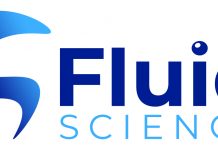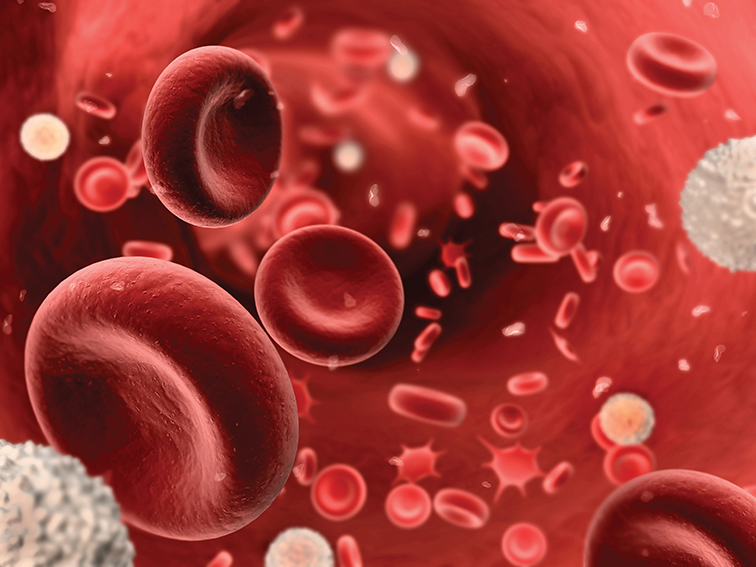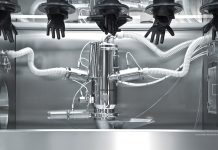Another classic example of university-led innovation is two spin-out companies which have come out of the University of Teesside, both involving chemist Dr Meez Islam.
Anasyst, which specialises in novel analytical systems , has been working to help tackle an illness that has killed millions of people down the centuries. Although diagnosis and treatment of sepsis, the life-threatening illness caused by the body’s overreaction to infection, is continually improving, many millions of people still die from it. The team including scientists from Teesside University has been exploring a way of improving early diagnosis which, even if it does not eradicate sepsis, offers hope of a world in which it is much less of a problem.
Current methods of diagnosing sepsis involve analysing blood culture and can take up to 72 hours. In cases of severe sepsis, a diagnosis which brings forward the start of antibiotic treatment by just one hour could lead to a 6-10 per cent reduction in mortality rates. The CE-microArray technique could improve the sensitivity of blood tests and, taken in conjunction with the development of a more reliable biomarker for the diagnosis of risk, which will be undertaken by academic partners at the University of Freiburg and the University of Ulm in Germany, this could lead to a test which could be up to 100 times more sensitive than conventional ones.
The project is being carried out under the EU Seventh Framework programme and is being coordinated by Dr Islam, a Reader in Physical Chemistry in the School of Science & Engineering at Teesside University. Dr Islam said: “Anything that can speed up the diagnosis times and start treatment earlier, even by a small amount, could potentially save thousands of lives each year.
“The idea came about because we had developed the technology but did not really have an application for it, but through the consortium it became clear that it could be used for more sensitive diagnosis for sepsis. “I did not know much about sepsis but this is how science develops, with scientists from different disciplines working together. It is all about choosing the right partners. “I know colleagues in the physical sciences working on exciting ideas for which there is no application that they know of but take it to someone else and they can find the right application.
“In this case, we knew how to develop the technology but it needed someone else to identify an application. We could not have done it on our own, but working with the bioscientists and the engineers we have taken major steps on the road towards something that can save lives and provided a basis for others to take the work on.” Another example in which he has been involved is Chemicam, which has developed a hand-held device that uses hyperspectral imaging to analyse blood stains at crime scenes using light rather that the traditional chemical test. Dr Islam said: “As with the work on sepsis, it was a ‘what if?’ moment. I wondered if the technology could be used on bloodstains and asked our forensic investigation department and the result was we had a Phd student, Bo Li, who worked on it.
“Using light reduces the chances of blood stains being contaminated in testing and also eradicates false positive tests, which can happen when chemicals are used on the likes of rust. “We now have a prototype hand-held device which can analyse and accurately date, within an hour either way in the case of fresh blood, which we are trying to commercialise and it all started with blue sky thinking. “Both pieces of work came out of the way that universities can pursue innovation. Scientists have the opportunity to have ideas then develop them. “














